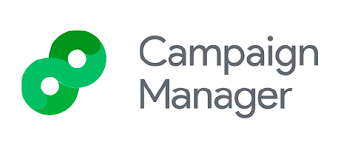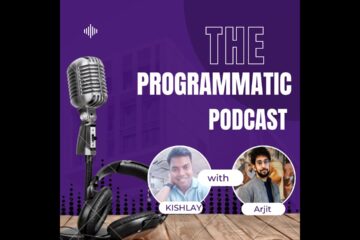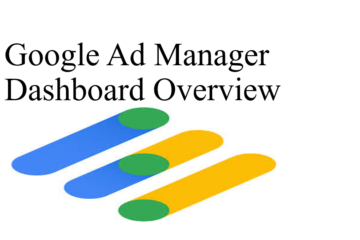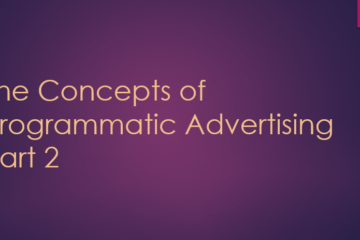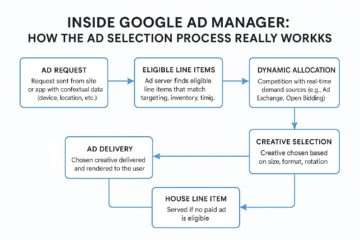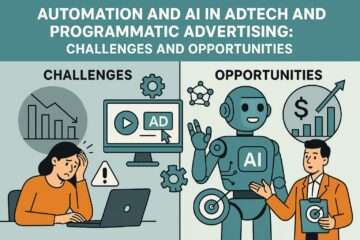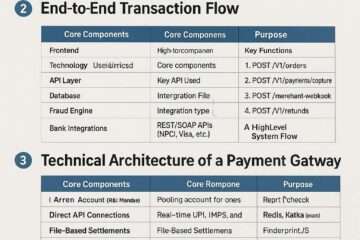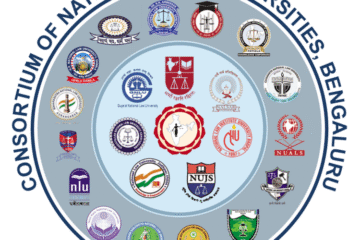

Programmatic advertising has transformed the digital marketing landscape, leveraging AI and real-time data to deliver hyper-targeted ads with unmatched precision. By automating the ad-buying process, brands can connect with their ideal audiences across websites, apps, and streaming platforms like never before. In this article, we dive into 10 game-changing programmatic advertising campaigns that showcase the power of this technology, offering inspiration and actionable insights for marketers aiming to boost ROI and engagement. These examples highlight how top brands and organizations harnessed programmatic advertising to achieve remarkable results, making this a must-read for anyone looking to dominate the digital ad space.
What Is Programmatic Advertising?
Programmatic advertising uses advanced algorithms and machine learning to automate the purchase and placement of digital ads in real time. Unlike traditional ad buying, which relies on manual negotiations, programmatic advertising enables advertisers to bid for ad impressions through real-time bidding (RTB) on ad exchanges. This process ensures ads reach the right audience at the right time, maximizing efficiency and impact. Key benefits include:
- Precision Targeting: Reach specific demographics, interests, or behaviors.
- Real-Time Optimization: Track metrics like clicks and conversions instantly.
- Cost Efficiency: Reduce wasted impressions and lower costs.
- Scalability: Access thousands of platforms with minimal effort.
Now, let’s explore 10 standout campaigns that demonstrate why programmatic advertising is a game-changer.
1. Google’s Search App Surge: 50% Boost in Brand Awareness
In 2014, Google set out to promote its Google Search App using programmatic advertising. By leveraging first- and third-party data, Google hyper-targeted users based on their online behavior and interests. The campaign’s real-time optimization allowed Google to refine its strategy on the fly, resulting in a 50% increase in brand awareness, 30% more reach, and a 30% reduction in cost-per-thousand impressions (CPM). Key Lesson: Embrace early adoption of programmatic tools and use real-time data to fine-tune campaigns for maximum impact.
2. The Economist’s Data-Driven Subscriber Boom
The Economist tapped into programmatic advertising to expand its readership by creating tailored ads for niche audiences interested in topics like finance, politics, and technology. Using subscriber and content data, the publication delivered personalized ads that resonated with specific segments. The result? A staggering 650,000 new prospects and a 10:1 ROI. Key Lesson: Use audience data to craft personalized ads and build lookalike audiences for broader reach.
3. Kellogg’s Offline Sales Skyrocketed with Digital Precision
Kellogg’s used programmatic advertising to bridge the gap between online campaigns and offline purchases. By focusing on viewability and precise targeting, the brand achieved a 70% increase in ad viewability and doubled its audience targeting accuracy. This campaign proved that programmatic ads can drive measurable offline results. Key Lesson: Prioritize KPIs like viewability and frequency to connect digital efforts with physical sales.
4. The Amanda Foundation’s Heartwarming Pet Adoptions
The Amanda Foundation, a nonprofit focused on pet welfare, used programmatic advertising to match adoptable pets with potential owners. By analyzing user preferences—such as pet type, breed, and lifestyle—the campaign delivered tailored ads that resonated emotionally. While exact metrics weren’t shared, the campaign’s success made it a widely celebrated case study. Key Lesson: Customize ads to align with audience preferences for deeper engagement.
5. AirAsia’s 30X ROAS Through Audience Segmentation
AirAsia’s programmatic campaign segmented audiences based on travel behavior, targeting frequent flyers and occasional travelers separately. This granular approach allowed the airline to deliver personalized ads, resulting in an impressive 30X return on ad spend (ROAS). Key Lesson: Segment audiences based on behavior to deliver highly relevant ads that drive conversions.
6. Missing People’s Location-Based Triumph
The charity Missing People used programmatic advertising with location-based targeting to increase response rates by 20%. By serving ads to users in specific geographic areas, the campaign effectively raised awareness and engagement. Key Lesson: Leverage geofencing and location data to make ads hyper-relevant to local audiences.
7. IHG’s Transparent Pricing Edge
InterContinental Hotels Group (IHG) used programmatic advertising to compete with third-party booking sites by highlighting transparent pricing. The campaign targeted travelers searching for hotels, delivering ads that emphasized IHG’s direct booking benefits. This approach boosted conversions and brand loyalty. Key Lesson: Use programmatic ads to address consumer pain points and differentiate your brand.
8. Turner Sports’ Real-Time Video Ad Win
Turner Sports harnessed programmatic video ads to achieve a 7% increase in brand awareness. By delivering real-time video ads on streaming platforms, the campaign captured viewers’ attention during key moments. Key Lesson: Use programmatic video ads for storytelling that engages audiences on streaming platforms.
9. Topman’s Fashion-Forward Sales Boost
Topman, a men’s fashion retailer, used programmatic advertising to tailor ads based on different fashion styles and preferences. By targeting specific audience segments, the campaign drove significant sales growth. Key Lesson: Align ad creative with audience interests to boost relevance and conversions.
10. Abuelo’s Restaurant Drives Foot Traffic with CTV
Abuelo’s, a Mexican restaurant chain, leveraged programmatic Connected TV (CTV) advertising to drive foot traffic to its locations. By targeting local audiences on streaming platforms, the campaign achieved an 80% cost reduction per session compared to traditional TV ads. Real-time performance tracking allowed Abuelo’s to optimize targeting and maximize ROI. Key Lesson: Use programmatic CTV to reach niche audiences with measurable results.
Why These Campaigns Went Viral?
These campaigns succeeded because they combined creativity, data-driven targeting, and real-time optimization. Here’s why they have the potential to inspire viral success:
- Emotional Resonance: Campaigns like The Amanda Foundation’s tugged at heartstrings, encouraging shares and engagement.
- Innovative Targeting: Brands like AirAsia and Missing People used segmentation and geofencing to deliver hyper-relevant ads.
- Measurable Impact: Google and The Economist showcased massive ROI, proving the value of programmatic advertising.
- Scalable Reach: Abuelo’s and Turner Sports tapped into CTV and video ads to engage modern streaming audiences.
How to Create Your Own Viral Programmatic Campaign
To replicate these successes, follow these SEO-optimized tips:
- Define Clear Goals: Set measurable objectives, such as increasing brand awareness or driving conversions.
- Leverage Data: Use first- and third-party data to target specific audience segments.
- Optimize in Real Time: Monitor metrics like clicks, impressions, and conversions to adjust campaigns on the fly.
- Experiment with Formats: Test display, video, and CTV ads to find what resonates with your audience.
- Choose the Right Platform: Use platforms like Vibe.co, Google Ads, or The Trade Desk for seamless campaign management.
- Craft Compelling Creatives: Design ads with bold visuals, catchy slogans, and clear calls-to-action.
- Track ROI: Use real-time analytics to measure performance and ensure cost efficiency.
The Future of Programmatic Advertising
As digital consumption shifts toward streaming platforms and mobile devices, programmatic advertising will continue to evolve. Emerging trends include:
- Connected TV Growth: CTV ad spending is projected to soar as more consumers cut the cord.
- AI-Driven Insights: Advanced algorithms will enhance targeting and personalization.
- Privacy-First Advertising: With increasing regulations, brands will prioritize contextual targeting over cookie-based tracking.
By staying ahead of these trends, marketers can create campaigns that not only perform but also capture widespread attention.
Conclusion
Programmatic advertising is more than just a buzzword—it’s a powerful tool that’s reshaping how brands connect with audiences. The 10 campaigns highlighted here demonstrate the potential for creativity, precision, and scalability to drive viral success. Whether you’re a small business or a global brand, programmatic advertising offers the tools to achieve measurable results. Ready to launch your own viral campaign? Start by choosing a programmatic platform, defining your audience, and letting data guide your strategy. The digital ad space is yours to conquer


















































